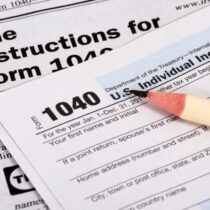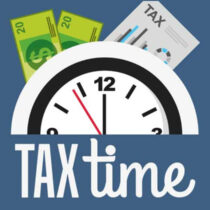
When creating a budget, it’s essential to estimate your spending as realistically as possible. Here are five budget-related errors commonly made by small businesses and some tips for avoiding them
Not Setting Goals
It’s almost impossible to set spending priorities without clear goals for the coming year. It’s important to identify, in detail, your business and financial goals and what you want or need to achieve in your business.
Underestimating Costs
Every business has ancillary or incidental costs that don’t always make it into the budget – for whatever reason. A good example is buying a new piece of equipment or software. While you probably accounted for the cost of the equipment in your budget, you might not have remembered to budget the time and money needed to train staff or for equipment maintenance.
Forgetting about Tax Obligations
While your financial statements may seem adequate, don’t forget to set aside enough money for tax (e.g., sales and use tax, payroll tax) owed to state, local, and federal entities. Don’t make the mistake of thinking this is “money in the bank” and use it to pay for expenses you can’t afford or worse, including it in next year’s budget and later finding out that you don’t have the cash to pay for your tax obligations.
Assuming Revenue Equals Positive Cash Flow
Revenue on the books doesn’t always equate to cash in hand. Just because you’ve closed the deal, it may be a long time before you are paid for your services, and the money is in your bank account. Easier said than done, perhaps, but don’t spend money that you don’t have.
Failing to Adjust Your Budget
Don’t be afraid to update your forecasted expenditures whenever new circumstances affect your business. Several times a year, you should set aside time to compare budget estimates against the amount you spent and then adjust your budget accordingly.





Comments are closed.